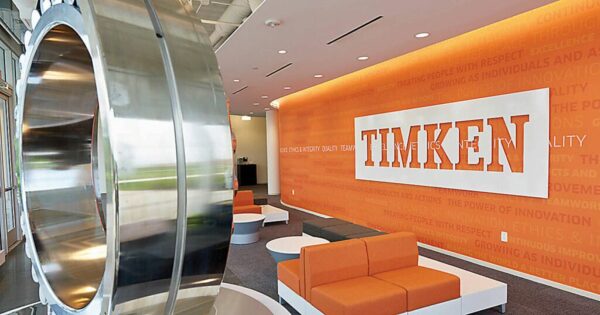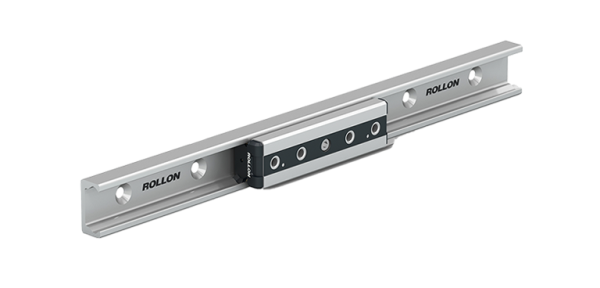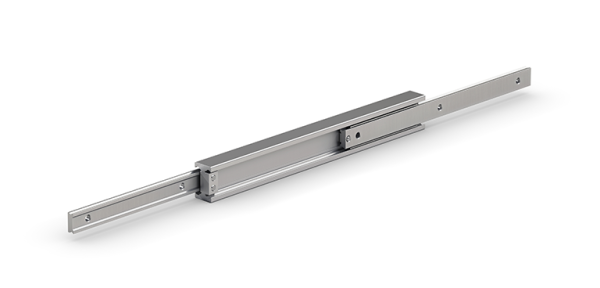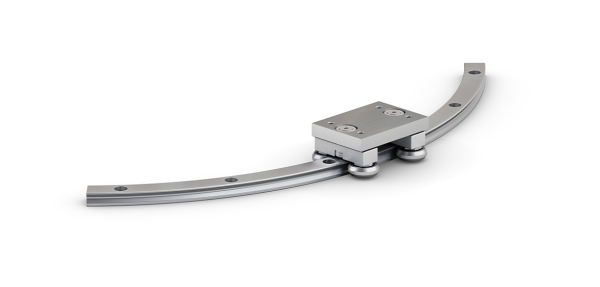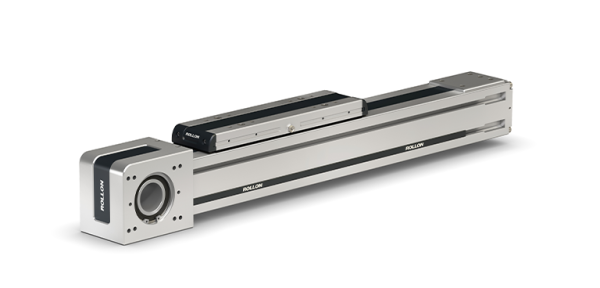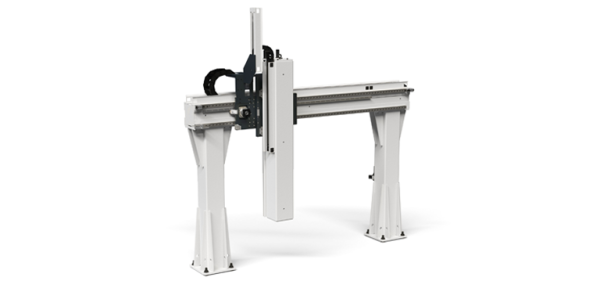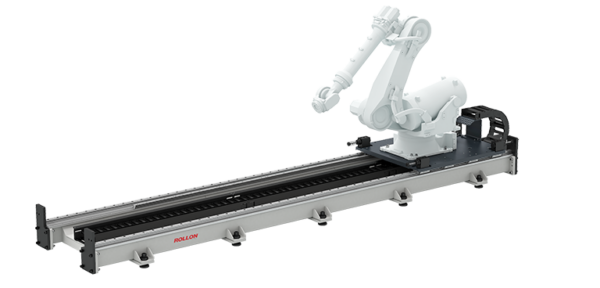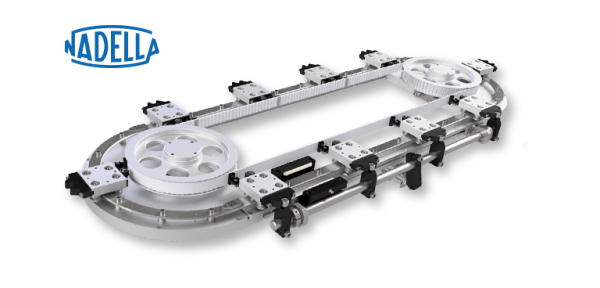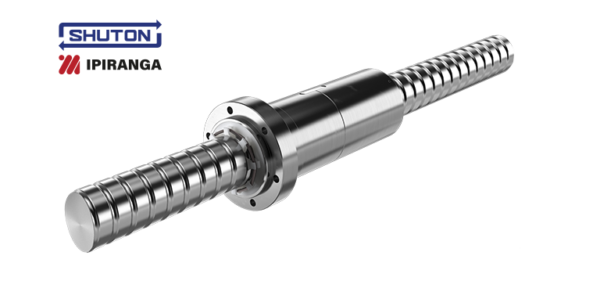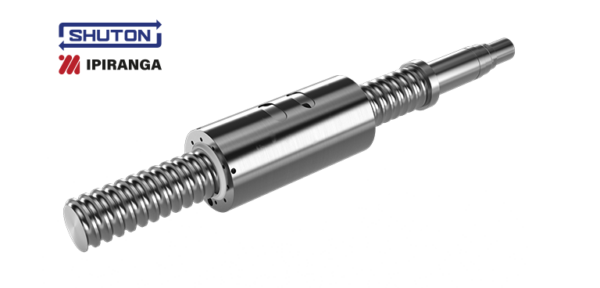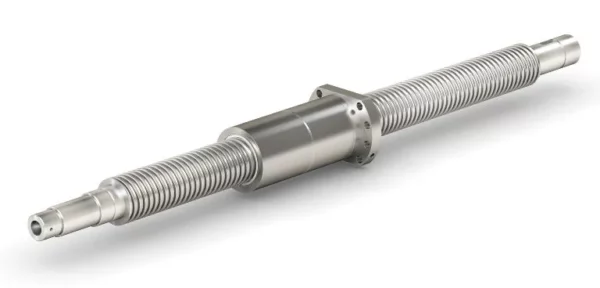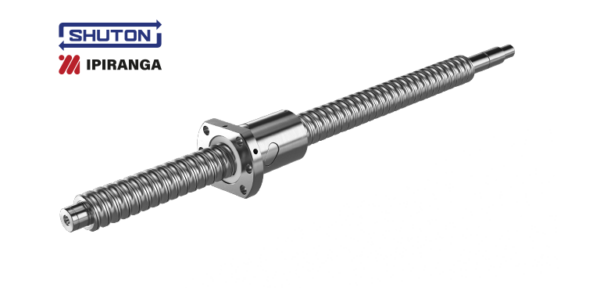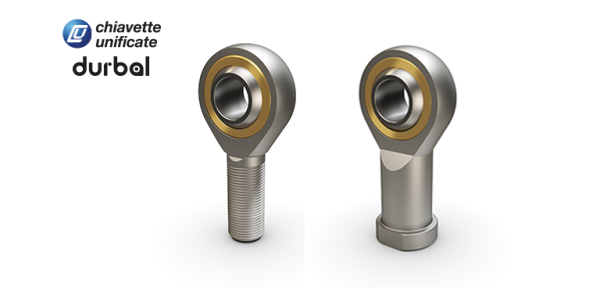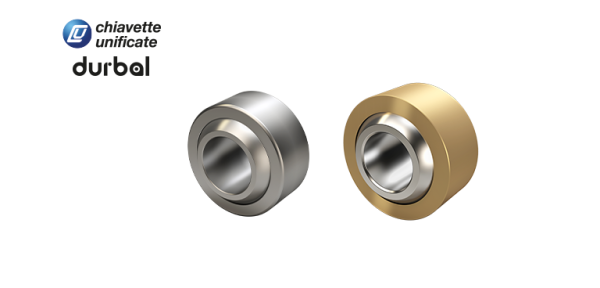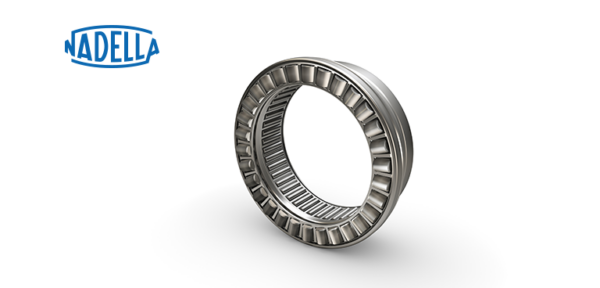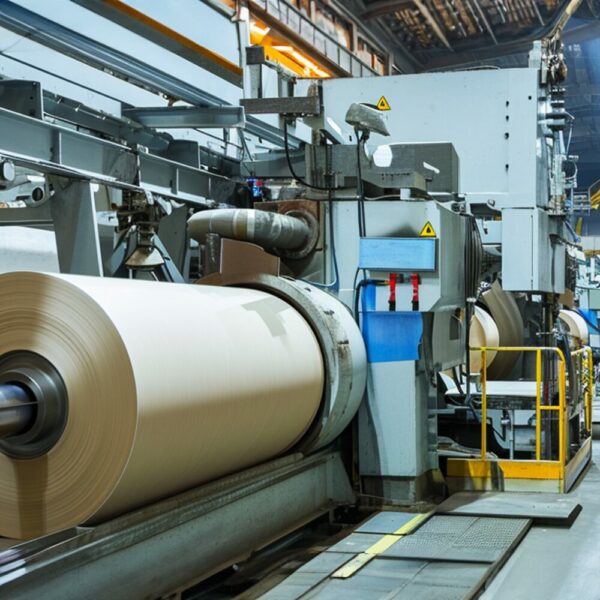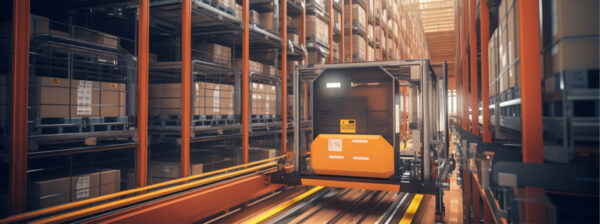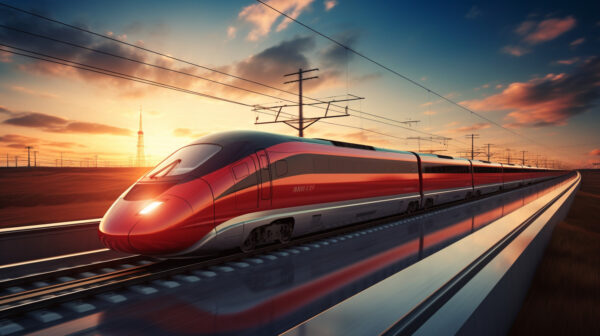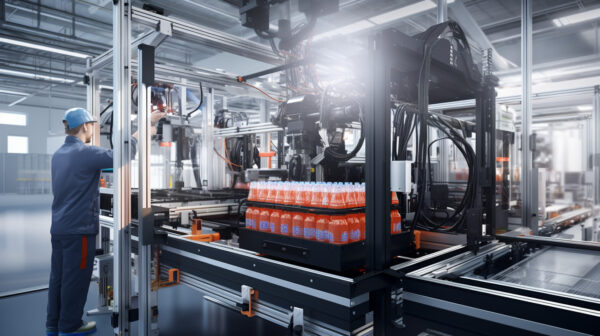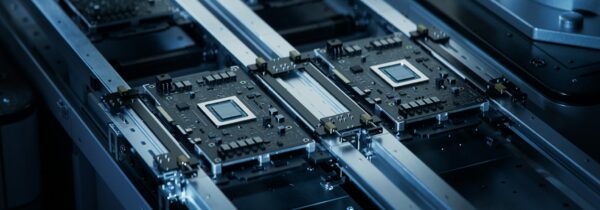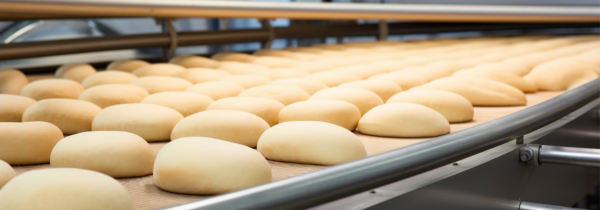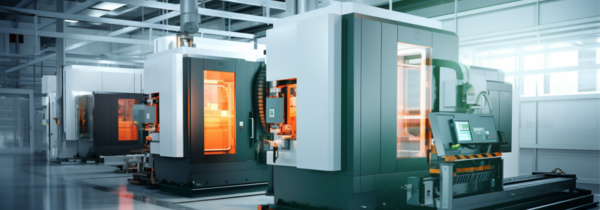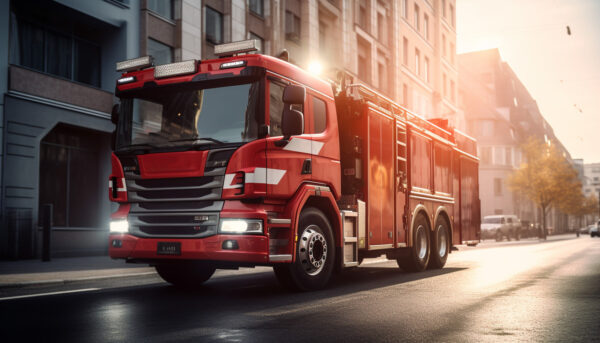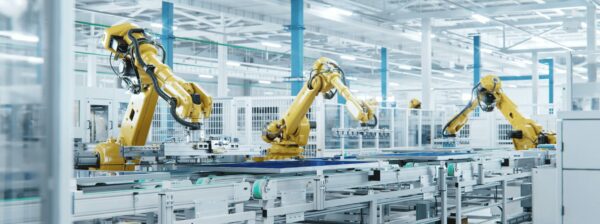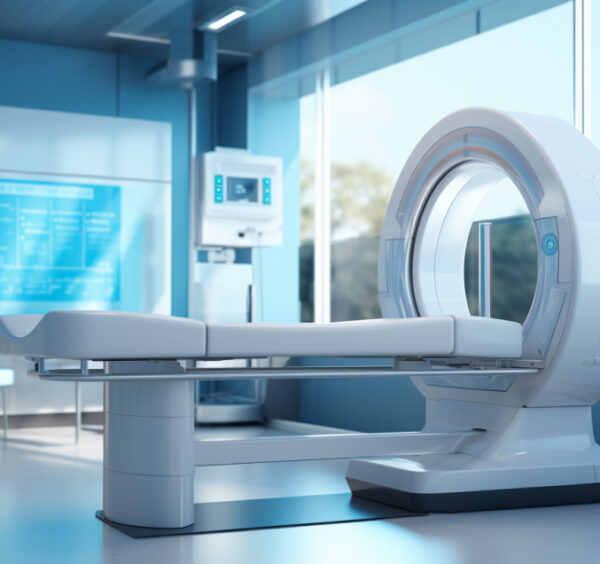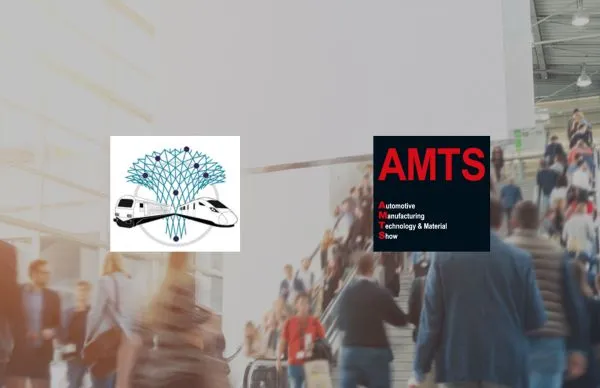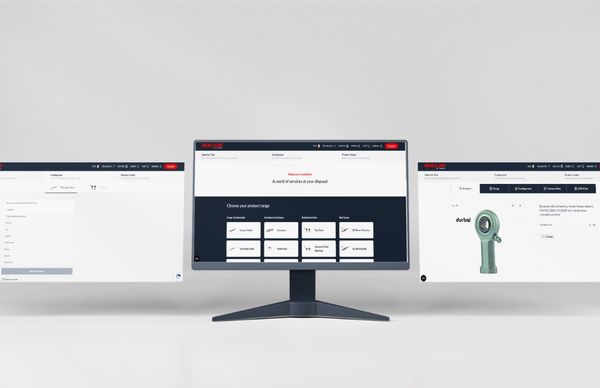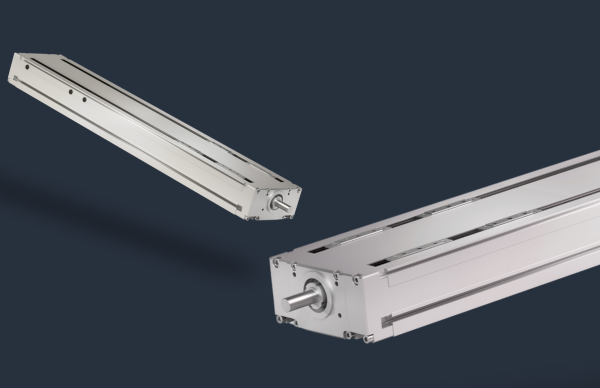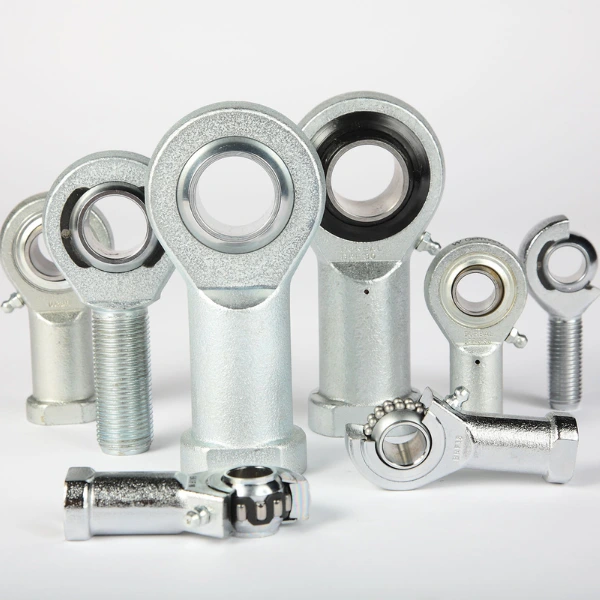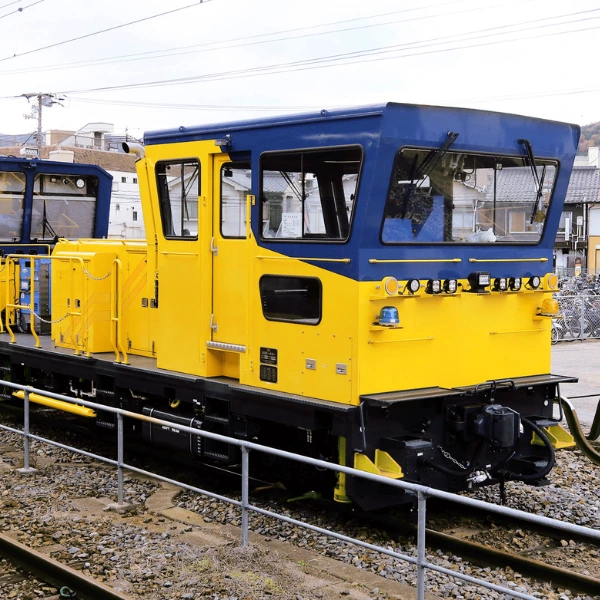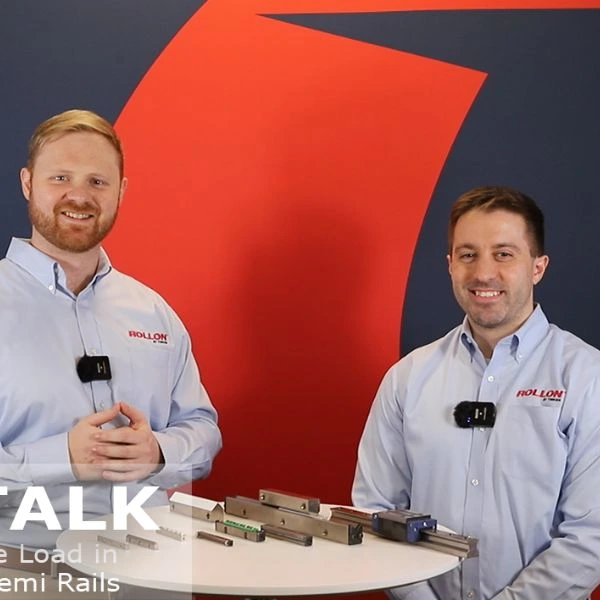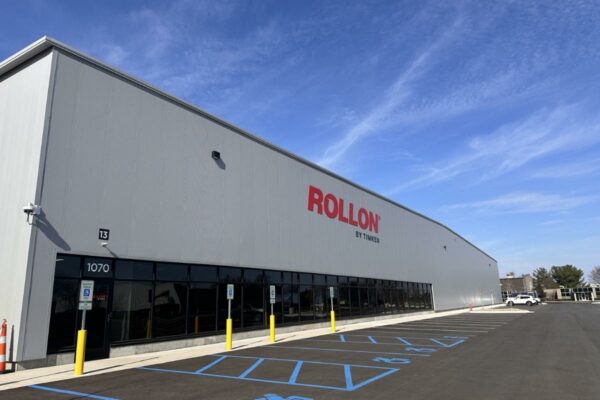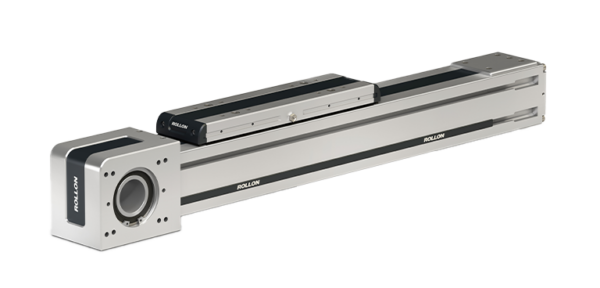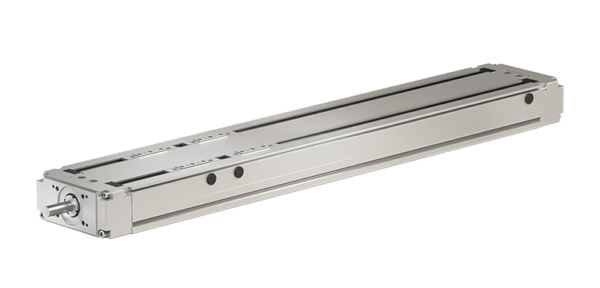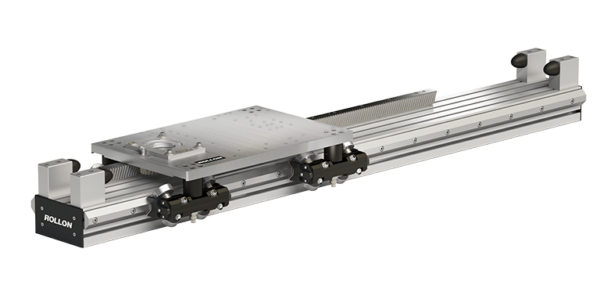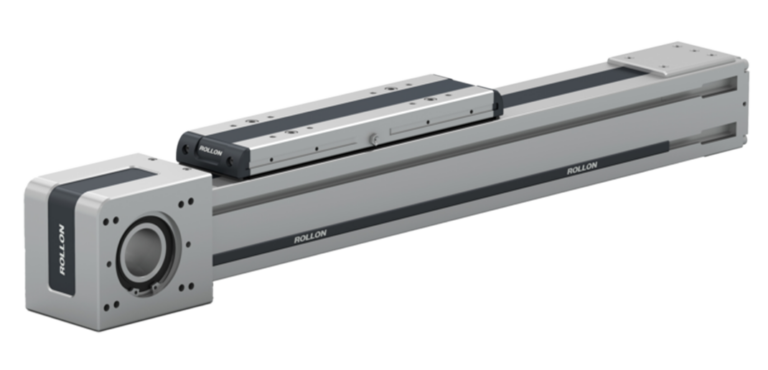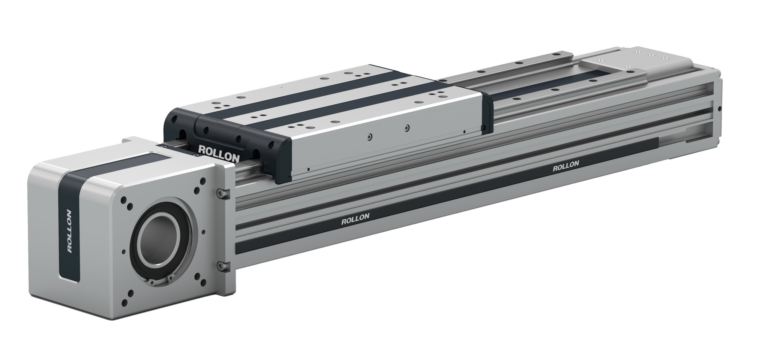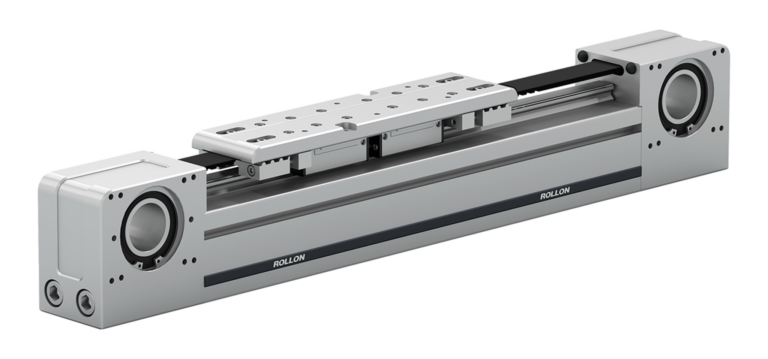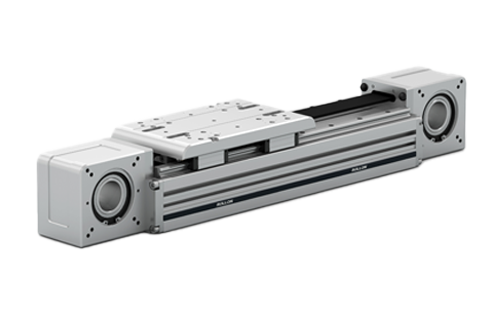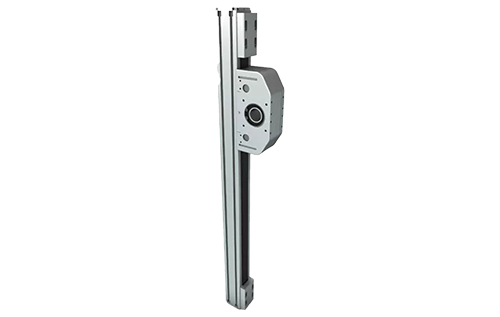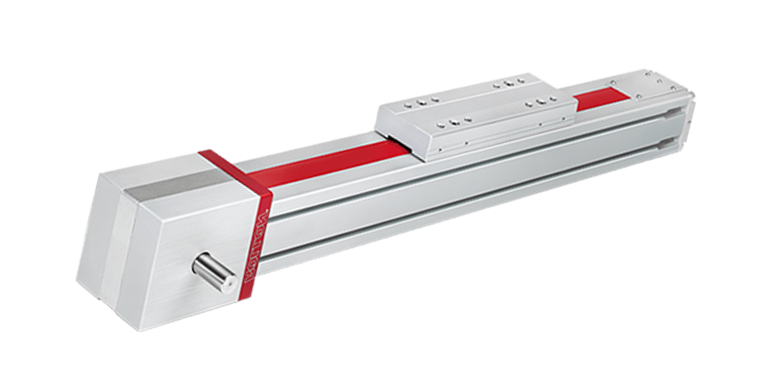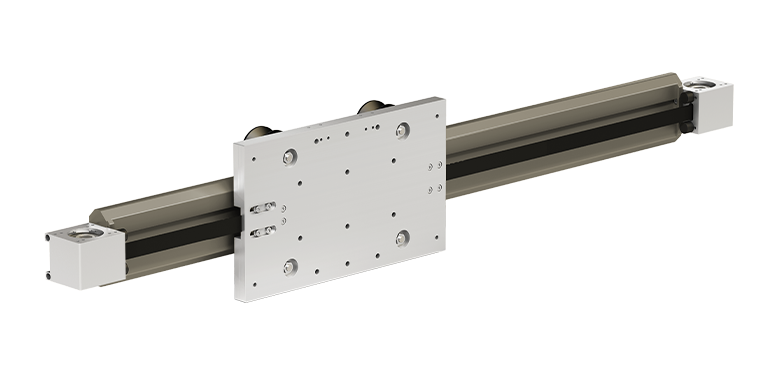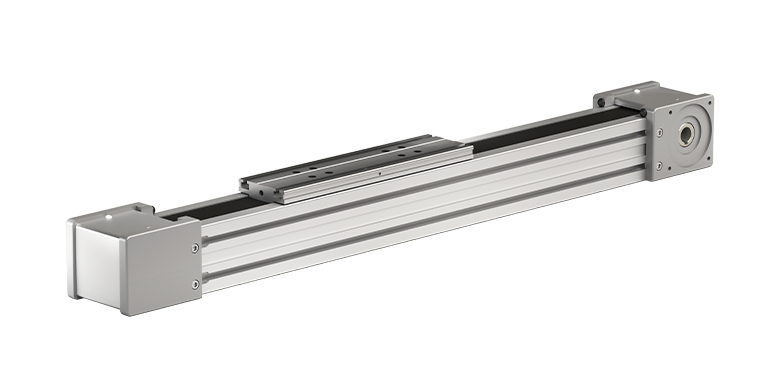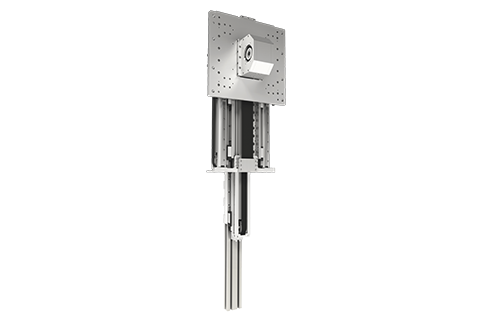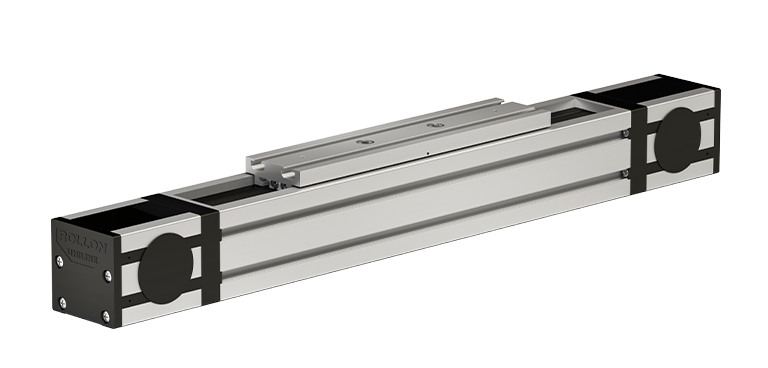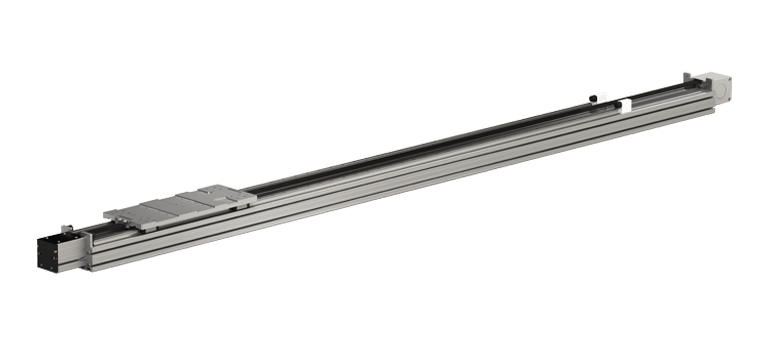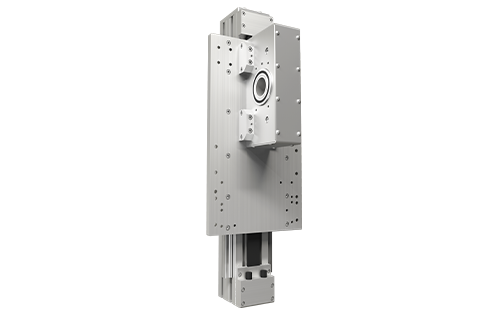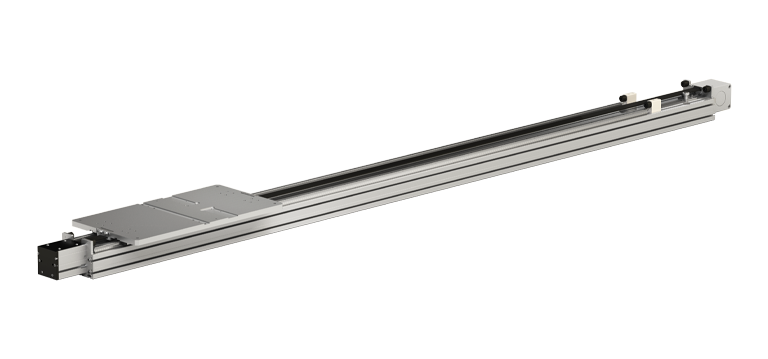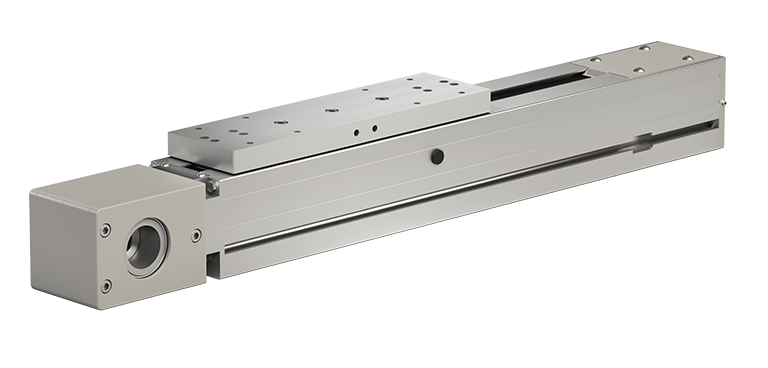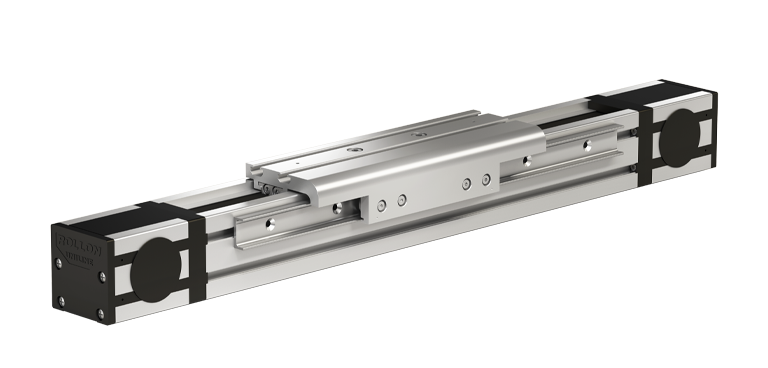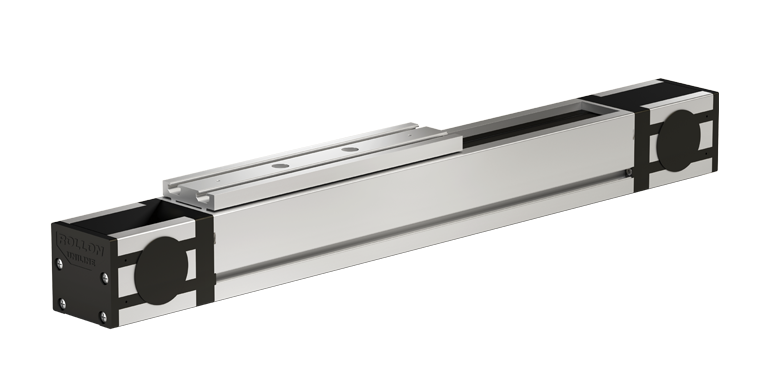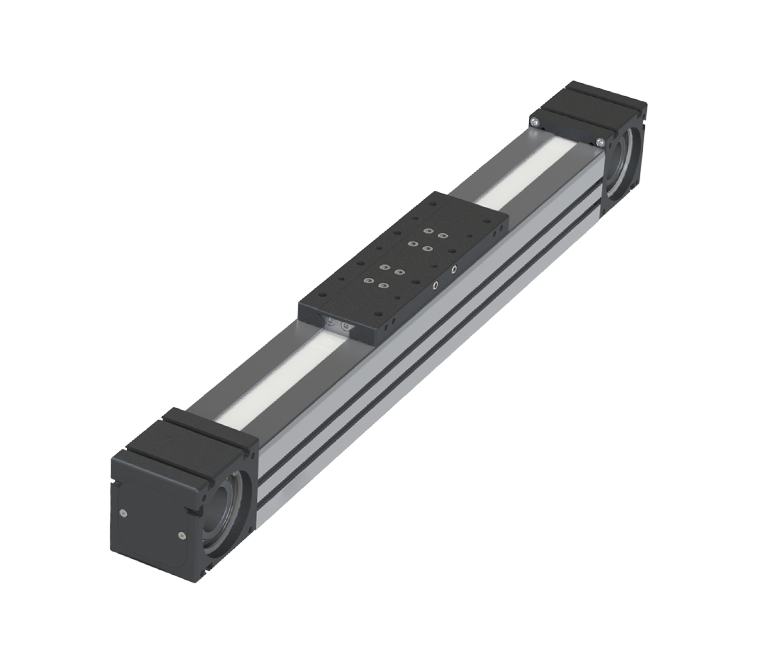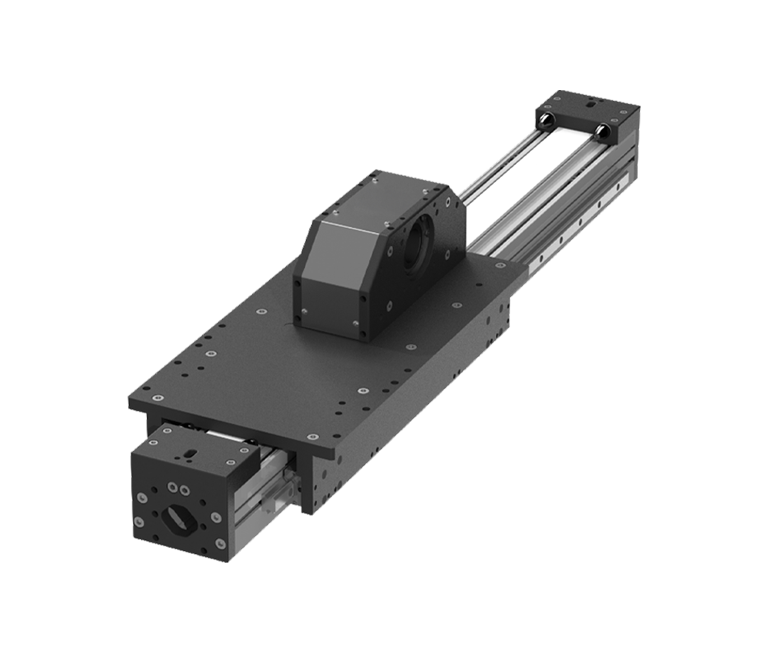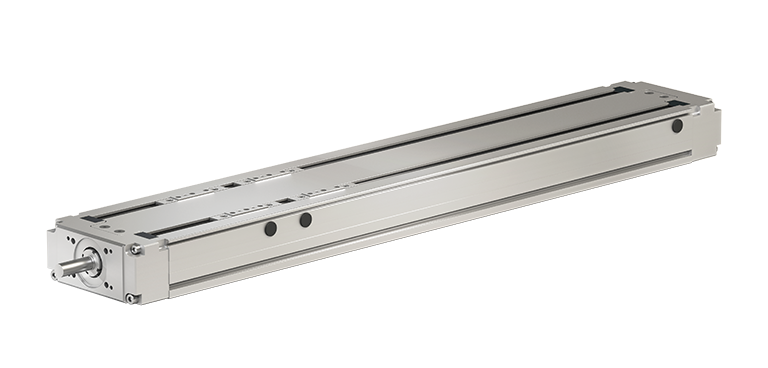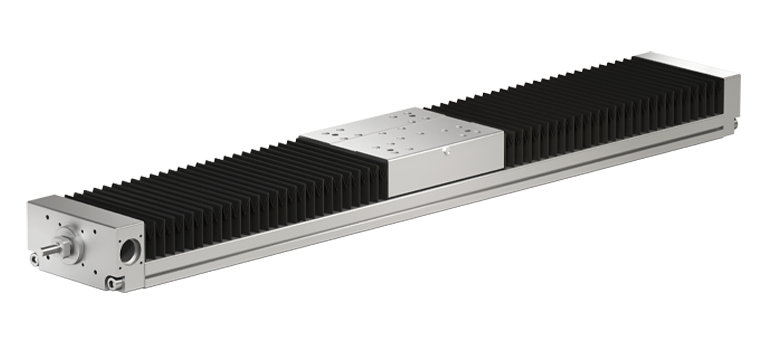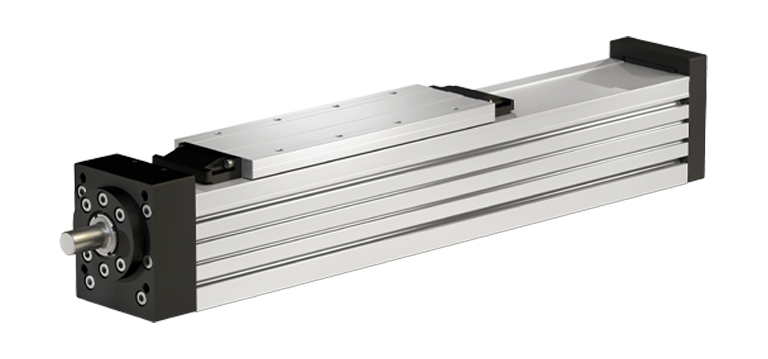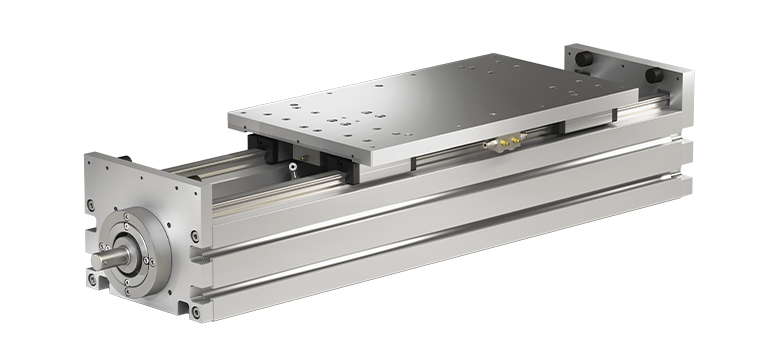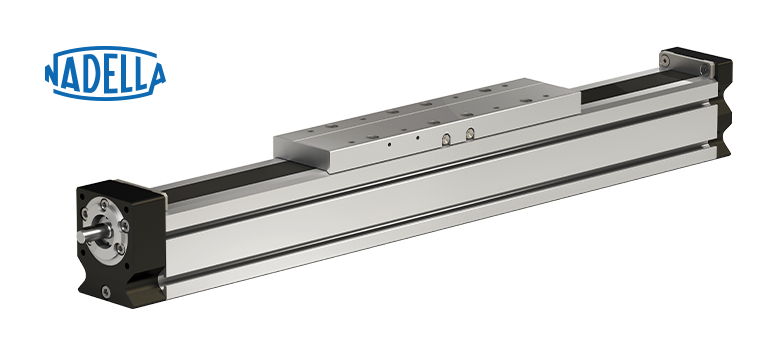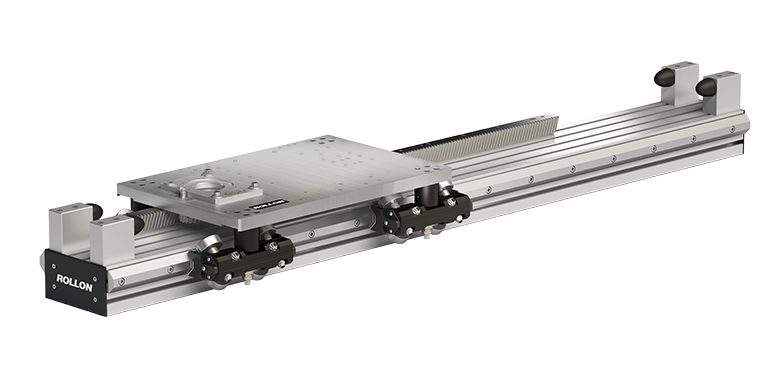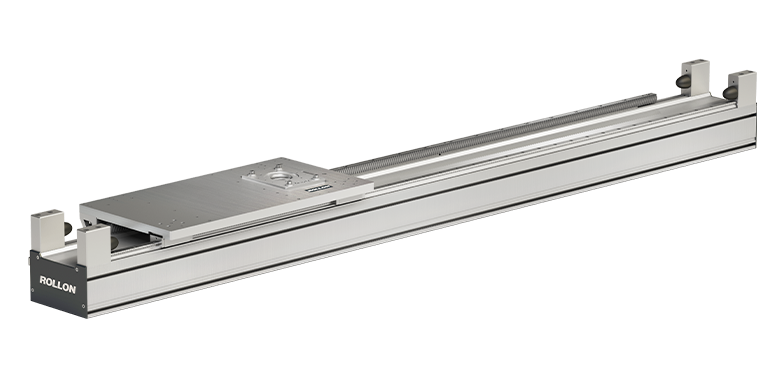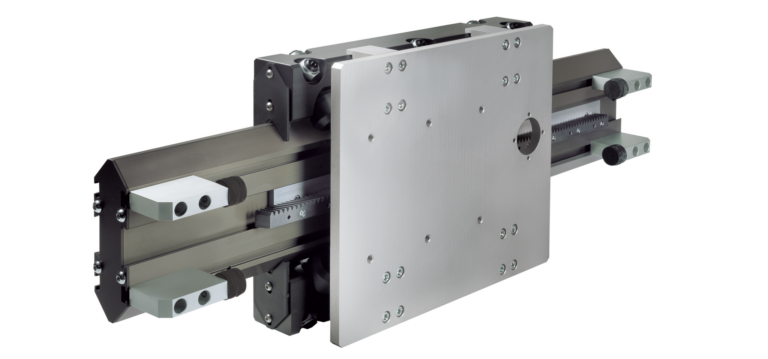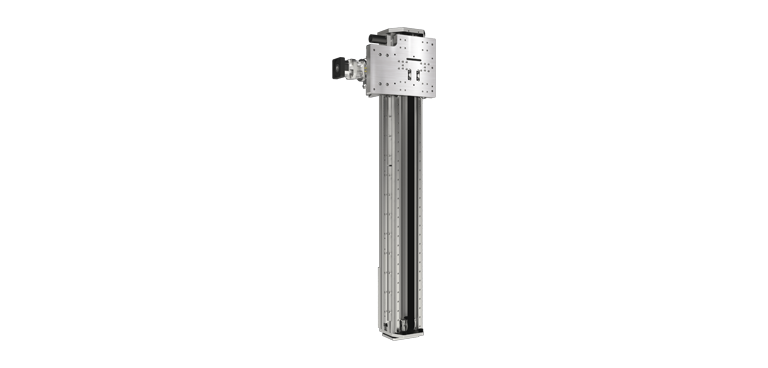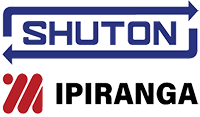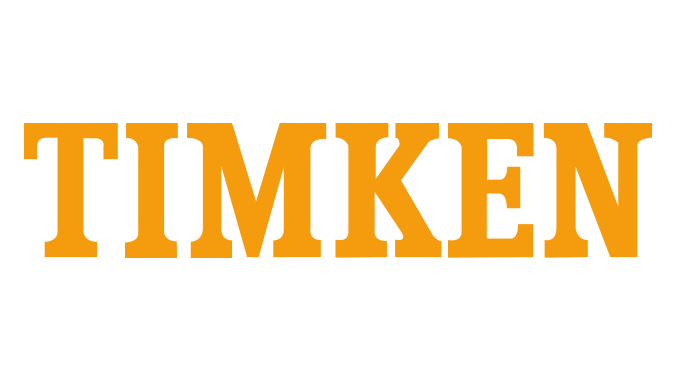What Does a Linear Actuator Do?
A linear actuator (also known as a linear motion actuator) is a machine component that creates motion in a straight line. Linear actuators operate differently than conventional electric motors, which work in a circular motion. This can be incredibly beneficial depending on your machine tools or industrial equipment.
Simply put, there are times when an object, or piece of equipment, requires being moved in a straight line. Electric linear actuators can achieve this movement speed and precision. The fact that they can be so precise and repeatable makes them efficient and reliable for your industrial projects.
It is also important to note that not all linear actuators are the same. At first glance, they might seem like they serve the same purpose. However, there are differences that might be more specific to your needs than others.
Here are some of the common types of linear actuators:
- Ball Screw Actuator: An incredibly common tool, rotating the screw in order to drive it forward.
- Rack and Pinion Actuator: This model implements the concept of a wheel and axle. Specifically, a rotating wheel moves a cable, chain, or belt to produce linear motion.
- Pneumatic Actuator: These models use air pressure to generate force and move an object. These can be efficient since they use less energy than many electric actuators. However, they are a bit bulkier because they require an affiliated air tank. Additionally, they are not used as commonly with large or heavy machinery.
While these types of linear actuators don’t comprise the full list of options, these are some of the most common. Additionally, we have a wide range of models for you to check out and take advantage of.
Take a look at our linear options below, and find something right for your job.
See technical details and select the right Actuator.
Get full access to CAD and 3D models.

Solutions by Industries
- All
- Industrial Machines
- Railway
- Packaging and Logistics
- Aerospace
- Building and Furniture
- Special Vehicles
- Medical
- Integrators
- Robotics
- Automotive
- Electronics
- Textile
- Material handling
- Robotics & Automation
- Machine Tool
- Food & Beverage
Ask Rollon



